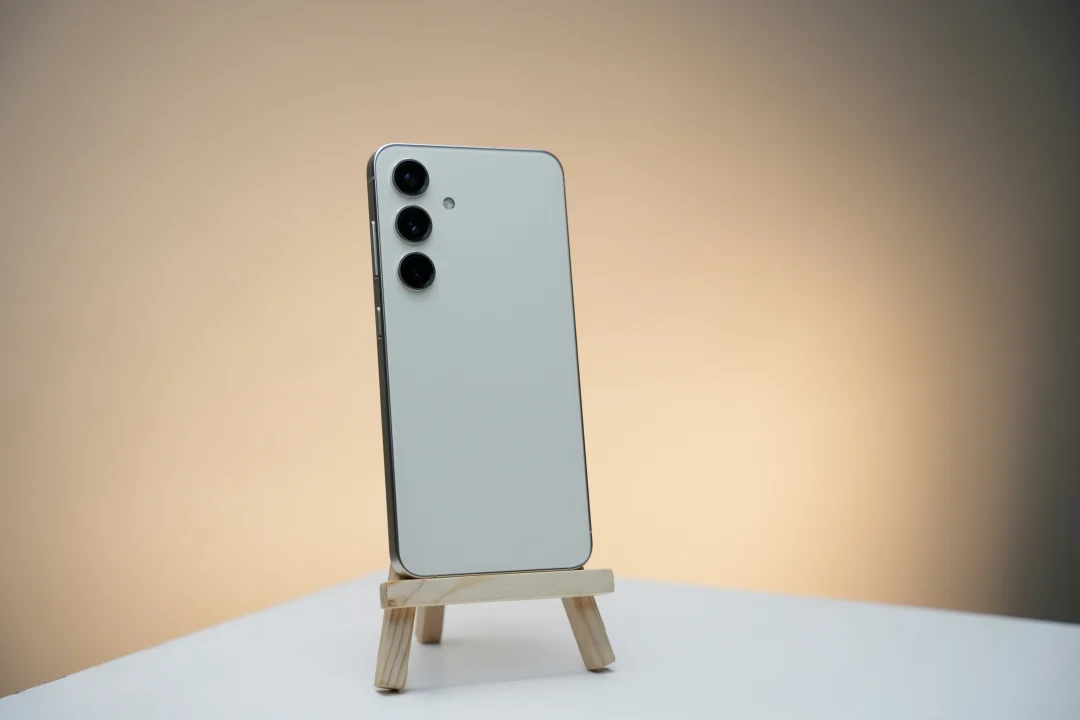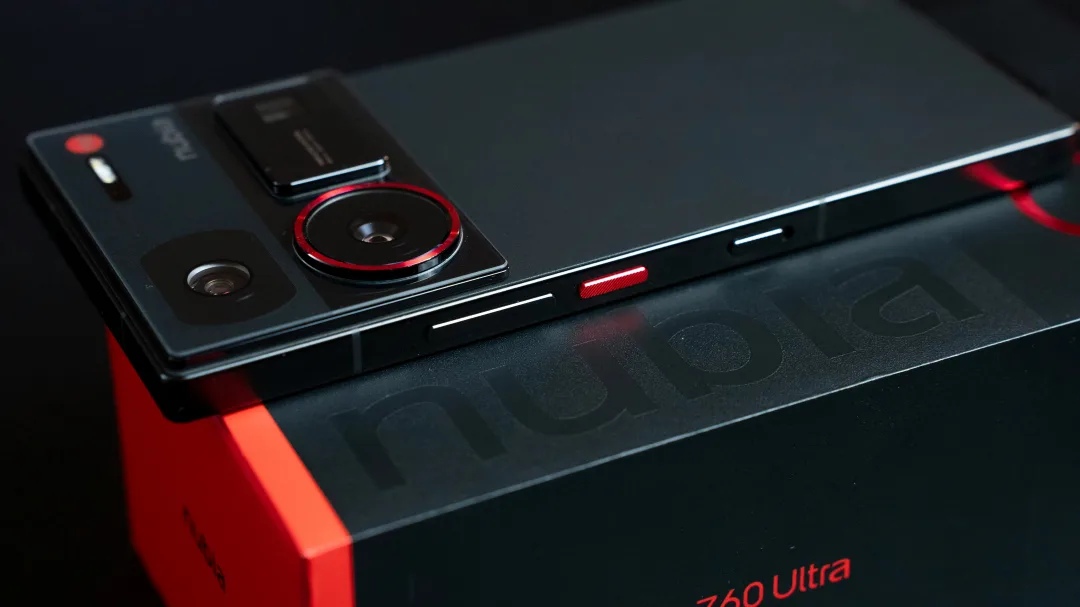Phone Lagging? How to Boost Performance Without Root in 2025
Published on: Fri Jul 11 2025

Phone Lagging? Here’s How to Boost Performance Without Root in 2025
You have a smartphone from 2025, packed with a powerful processor and plenty of RAM, yet after a few months of use, it starts to feel sluggish. Apps take longer to open, scrolling feels choppy, and there’s a noticeable lag in the user interface. This is a frustratingly common problem, but the good news is you don’t need to be a tech expert or root your device to fix it.
Over time, your phone gets clogged with junk files, unnecessary apps, and background processes that eat up resources. By following these simple yet effective tips, you can clean up your device and restore it to its former speed.
1. Clear Your Cache (The Digital Spring Clean)
Every app on your phone stores temporary data in a cache to load faster. While this is useful, the cache can become bloated over time, leading to performance issues.
- How to do it (Android): Go to
Settings > Storage > Other Apps(orApps). Select an app and tap onClear Cache. Focus on apps you use frequently, like web browsers (Chrome, Firefox) and social media apps (Instagram, Facebook), as they tend to accumulate the most cache. - How to do it (iOS): iOS manages cache differently. You can clear the cache for Safari by going to
Settings > Safari > Clear History and Website Data. For other apps, the easiest way is to offload or reinstall them.
2. Uninstall Unused Apps and Bloatware
That game you downloaded months ago and never played? Or the pre-installed “bloatware” from the manufacturer? These apps take up valuable storage space and can run background processes that slow down your phone. Be ruthless—if you haven’t used an app in the last month, you probably don’t need it.
3. Free Up Storage Space
When your phone’s storage is nearly full (above 90%), its performance can degrade significantly. Your phone needs some free space to operate smoothly. Go through your gallery and delete duplicate photos, old videos, and memes. Back up your important files to a cloud service like Google Photos or iCloud and then delete them from your device.
4. Reduce Animations (The Developer’s Secret)
This is one of the most effective tricks for making your phone feel faster. By reducing the scale of system animations, you make windows and menus appear to open instantly.
-
How to do it (Android):
- Enable Developer Options: Go to
Settings > About Phoneand tap on theBuild Numberseven times. - Go back to
Settings > System > Developer Options. - Scroll down to the “Drawing” section.
- Set
Window animation scale,Transition animation scale, andAnimator duration scaleto.5xorAnimation off.
- Enable Developer Options: Go to
-
How to do it (iOS): Go to
Settings > Accessibility > Motionand turn onReduce Motion.
5. Manage Background Processes
Too many apps running in the background can cripple your phone’s performance. While modern Android and iOS are good at managing RAM, you can still take control. Regularly close apps from the “Recents” screen that you are no longer using. More importantly, review which apps have permission to run in the background and disable any that don’t need it.
6. Keep Your Software Updated
Software updates from your phone manufacturer and app developers often include crucial performance enhancements, bug fixes, and security patches. An outdated operating system or app can cause lag and instability. Always make sure you are running the latest version available.
7. Use “Lite” Versions of Apps
Many popular apps like Facebook, Messenger, and Google Maps have “Lite” or “Go” versions. These are designed to use fewer resources, take up less space, and run smoothly on less powerful hardware. If a primary app feels slow, check if a Lite version is available.
8. Disable Auto-Sync for Apps
Many apps are set to auto-sync in the background to fetch new data (e.g., emails, social media updates, news). While useful, this constant activity can slow down your phone. Go to Settings > Accounts and disable auto-sync for apps where you don’t need real-time updates.
9. Restart Your Phone Regularly
A simple restart can solve a surprising number of performance issues. It clears the RAM and shuts down any rogue processes that might be running in the background. Make it a habit to reboot your phone at least once every few days.
10. The Last Resort: Factory Reset
If you’ve tried everything and your phone is still lagging, a factory reset might be the answer. This will wipe all your data and return the phone to its original, out-of-the-box state. Make sure you back up all your important data (photos, contacts, files) before you do this! A factory reset gives your phone a completely fresh start and is the ultimate way to eliminate lag.
Related Blogs

How to Choose the Right 5G Phone in 2025: Processor, Camera & Battery Guide
A complete guide to buying the best 5G smartphone in 2025. Learn what to look for in the processor, camera system, and battery life to make an informed decision.

Best Smartphones Under ₹15,000 in India (2025) – Top 7 Budget 5G Phones Compared
Looking for the best smartphones under ₹15,000 in India (2025)? Here's a list of top 7 budget 5G phones with long battery life, great cameras, and smooth performance. Compare Galaxy F15, Vivo T3x, Redmi 12, POCO M6 Pro, and more – with specs, pros & cons, and buying tips.

Best Phones for Gaming in 2025 – What to Look for Before You Buy
Looking for the ultimate gaming phone in 2025? This guide covers the essential features you must check before buying, from the processor and display to cooling systems and battery life.